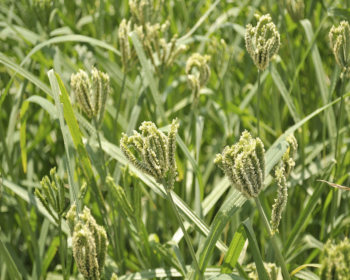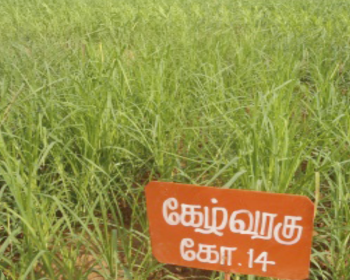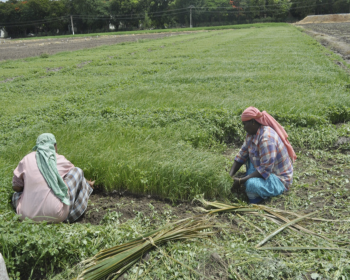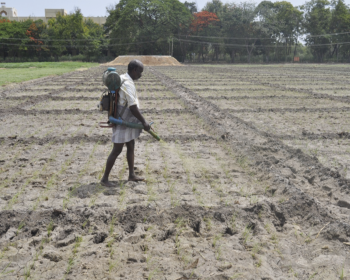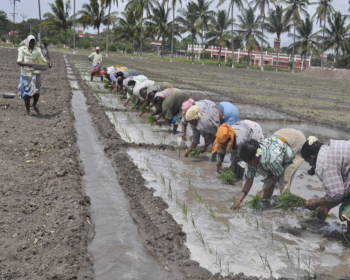
|
||||||||||||||
| Home | Seasons & Varieties | Tillage | Nutrient Mgmnt | Irrigation Mgmnt | Weed Mgmnt | Crop Protection | Cost of Cultivation | Photobank | ||||||||||||||
Major Areas :: Dryland Agriculture :: High Yield Crops |
||||||||||||||
|
||||||||||||||
| Home | Seasons & Varieties | Tillage | Nutrient Management | Irrigation Management | Weed Management | Crop Protection | Cost of Cultivation | Disclaimer
All Rights Reserved. TNAU-2015. |
||||||||||||||
